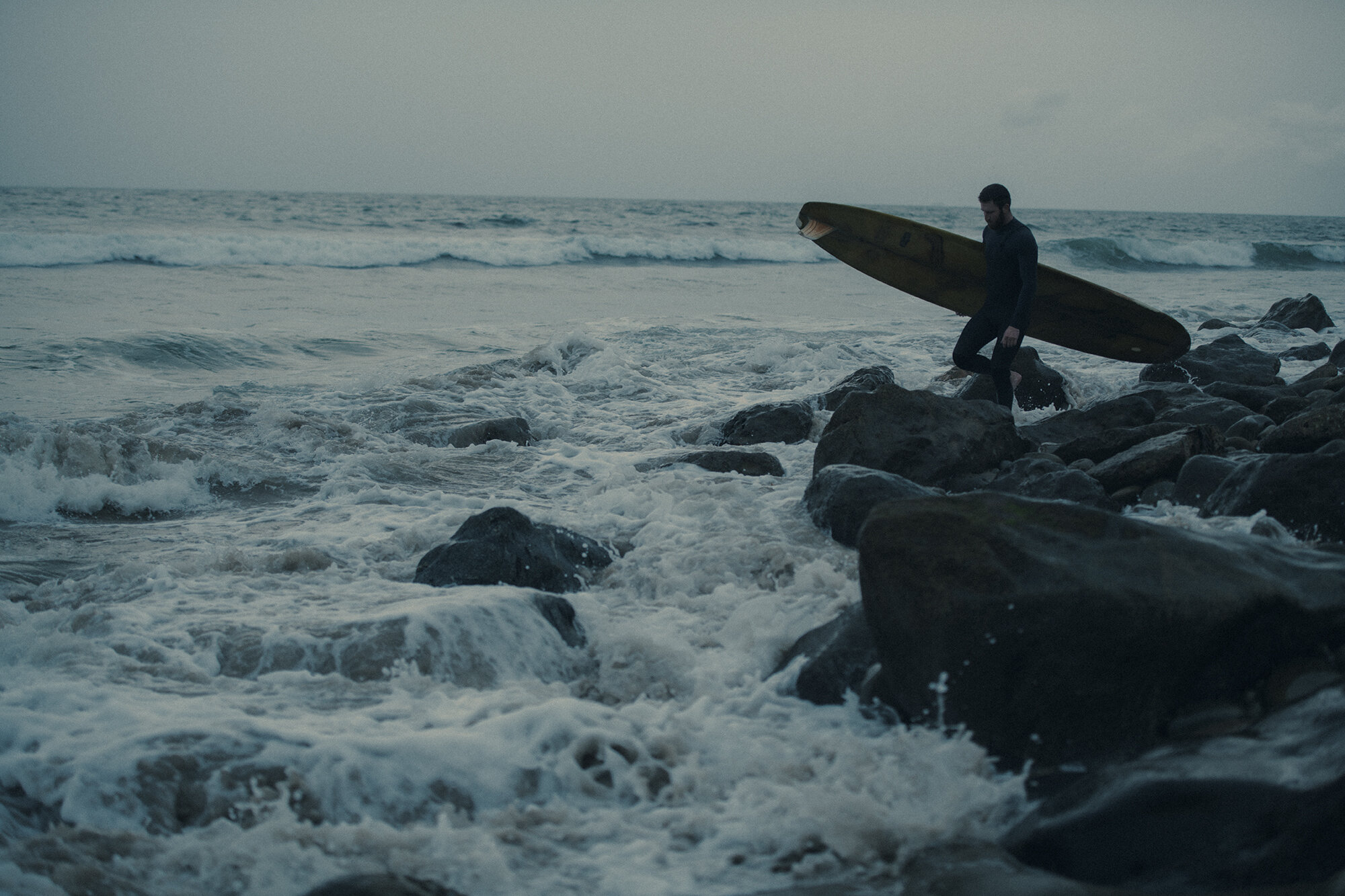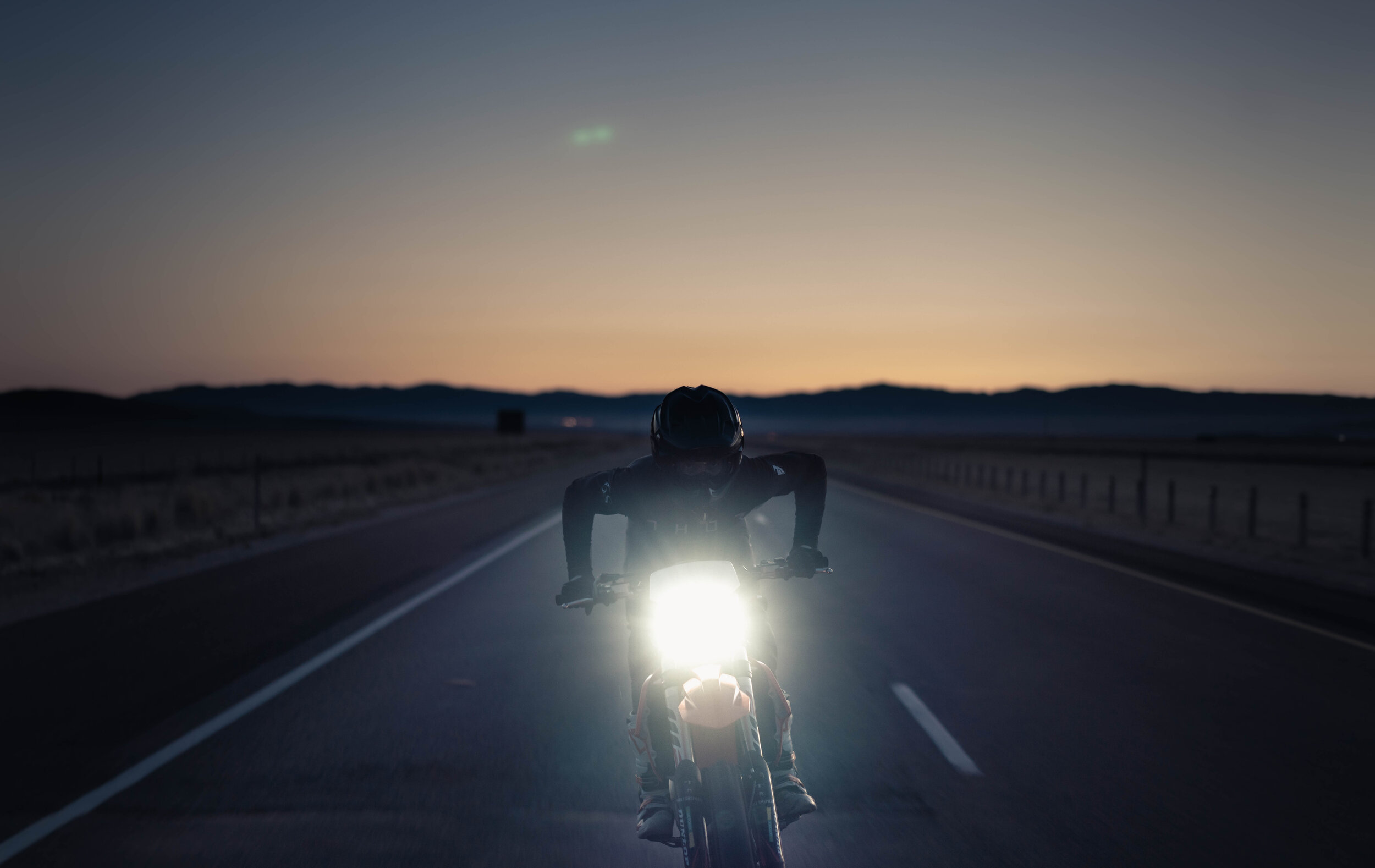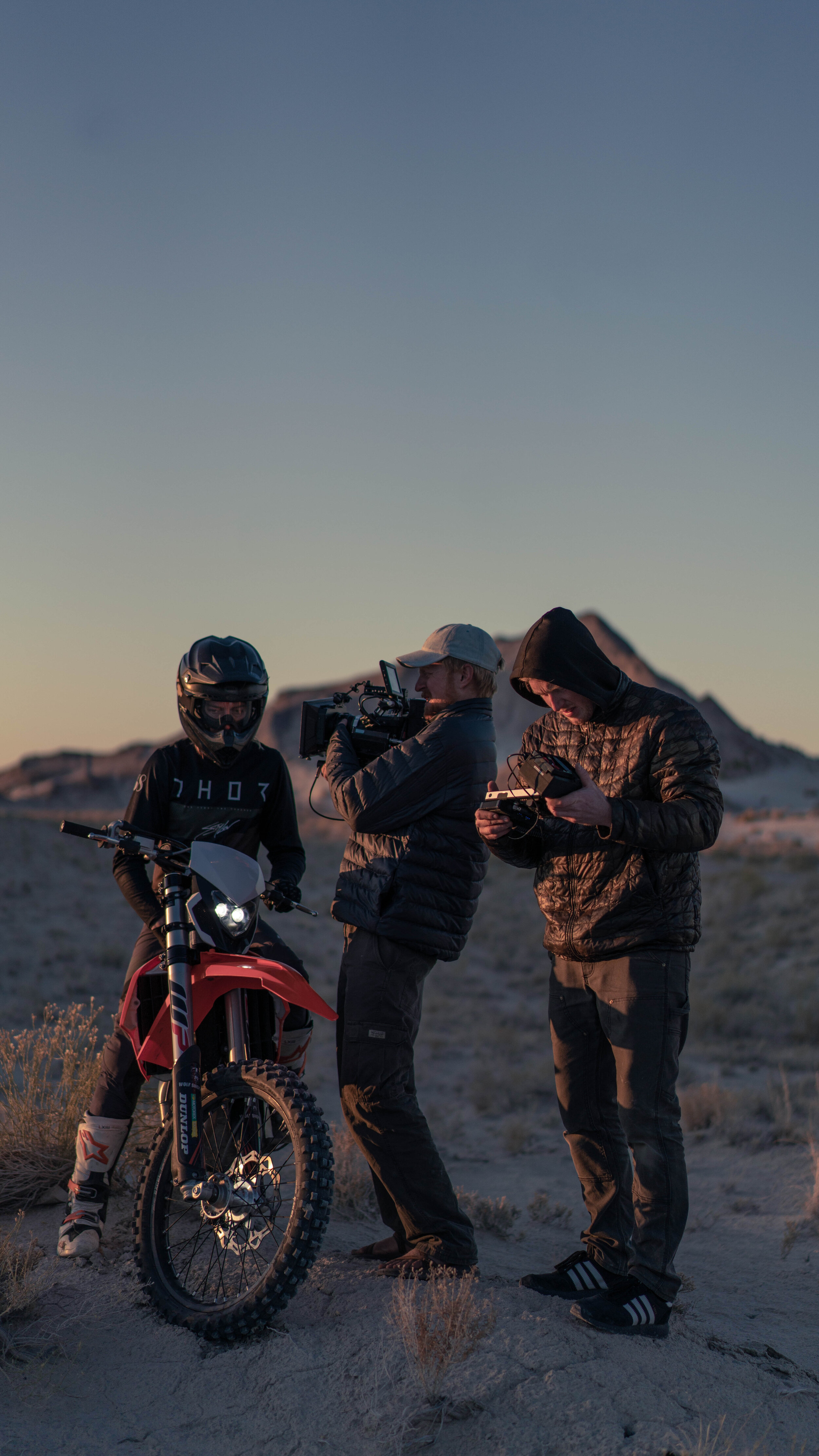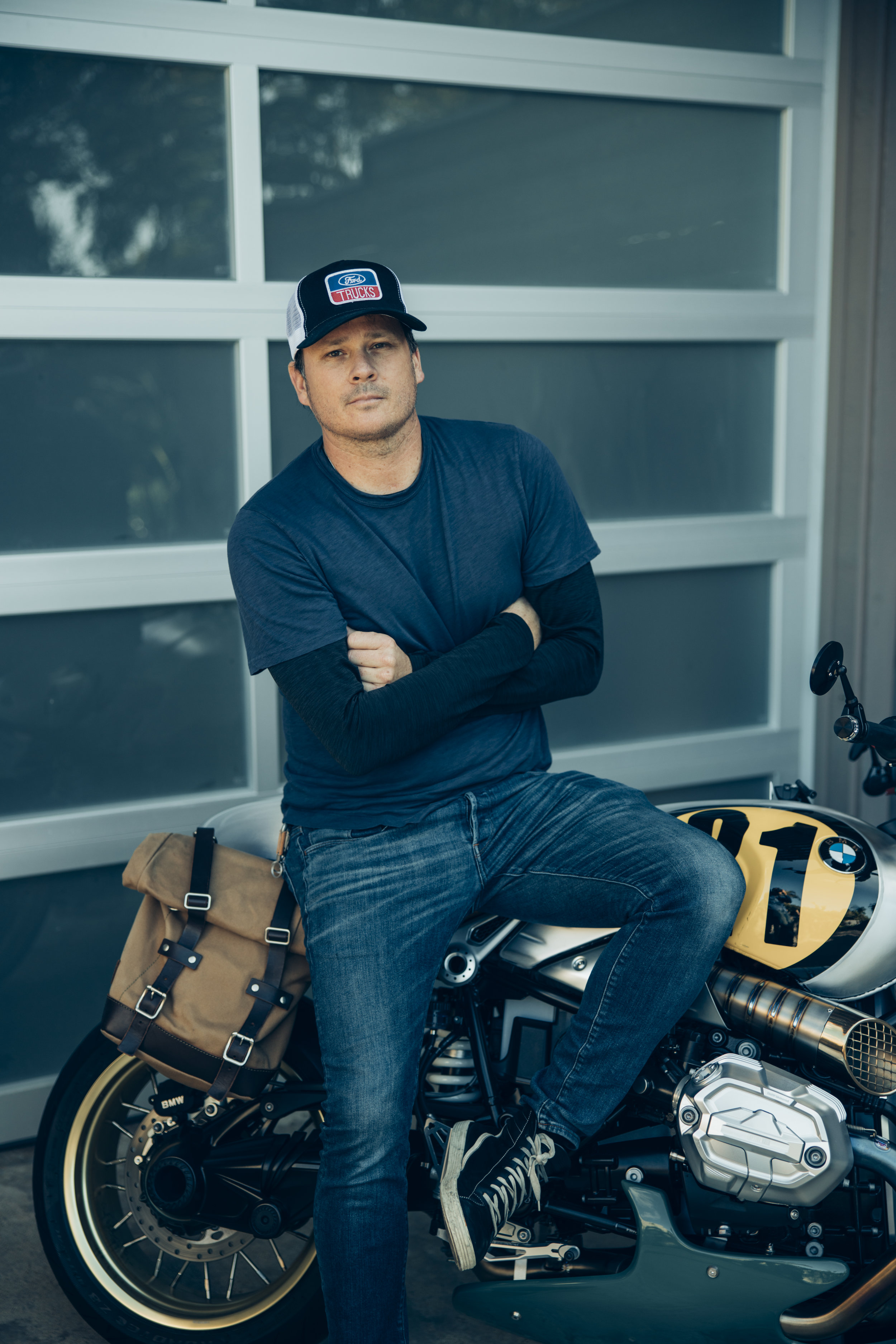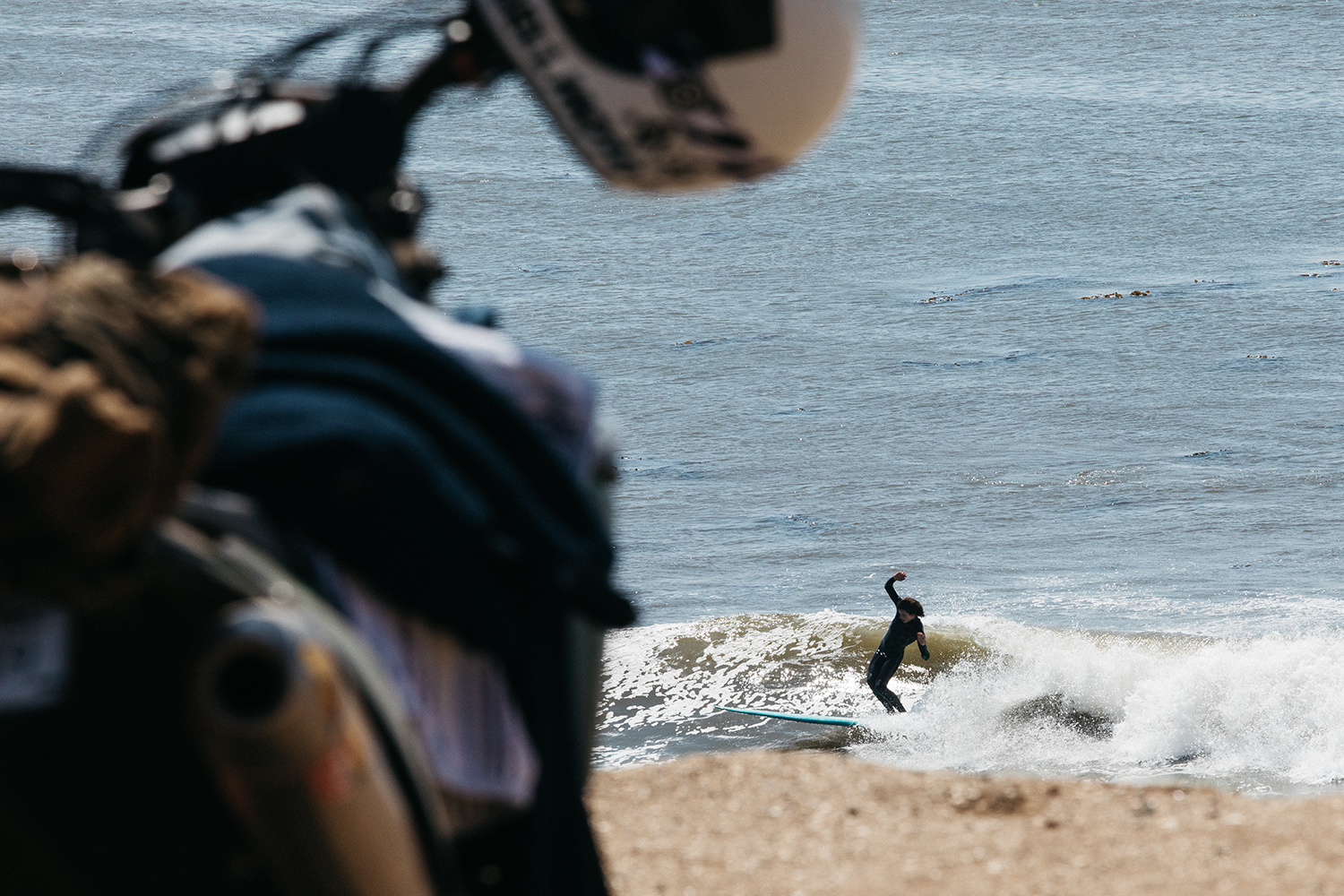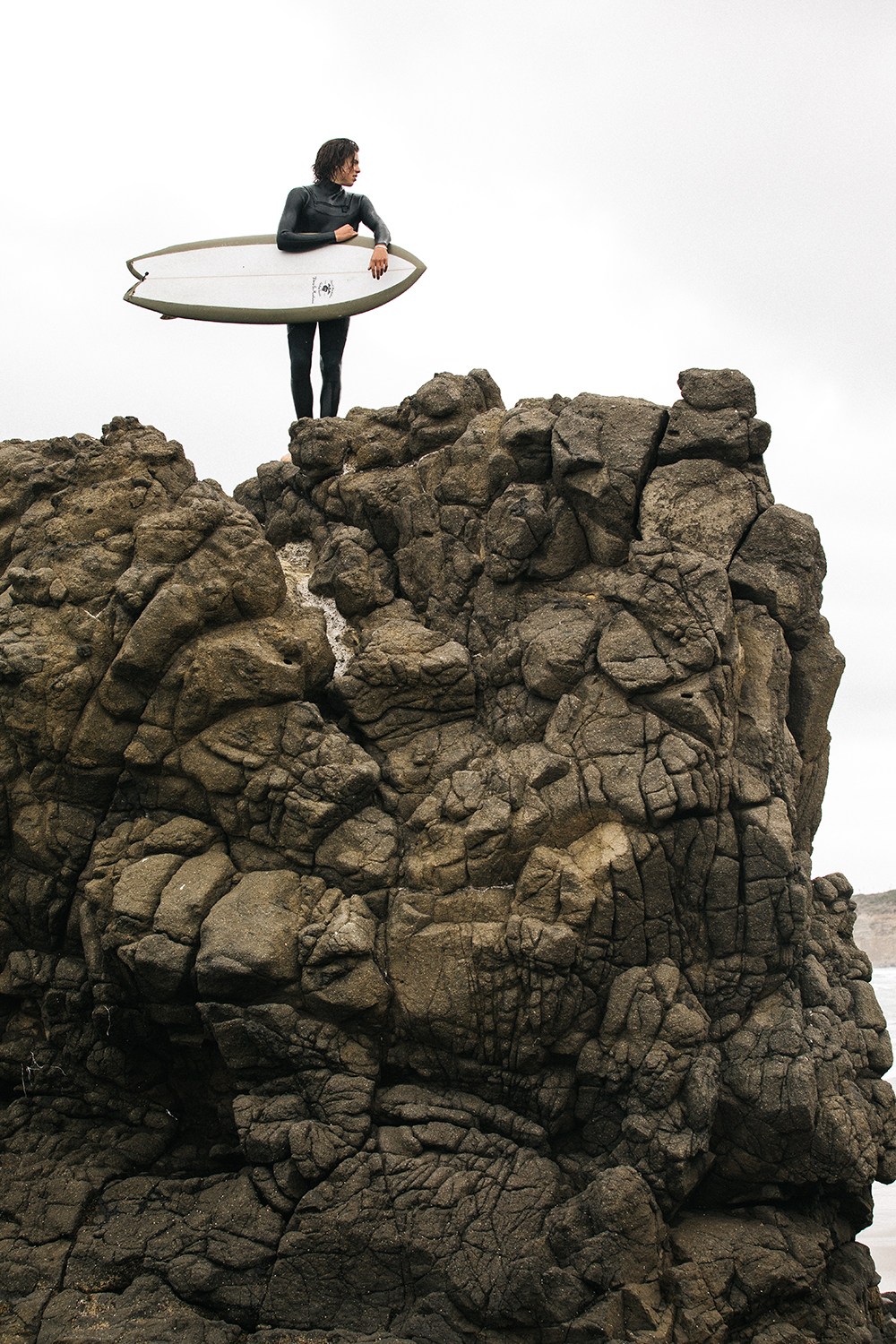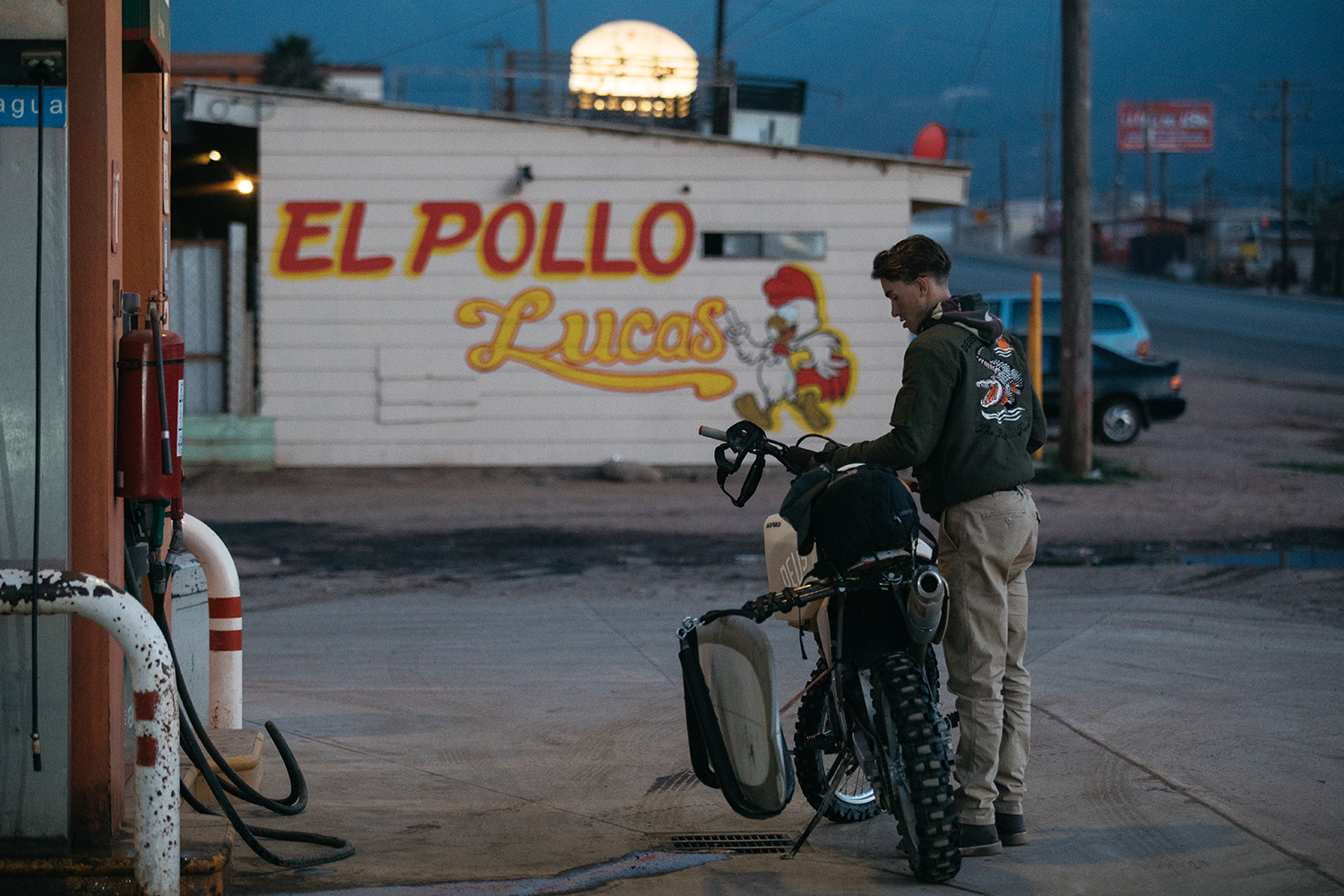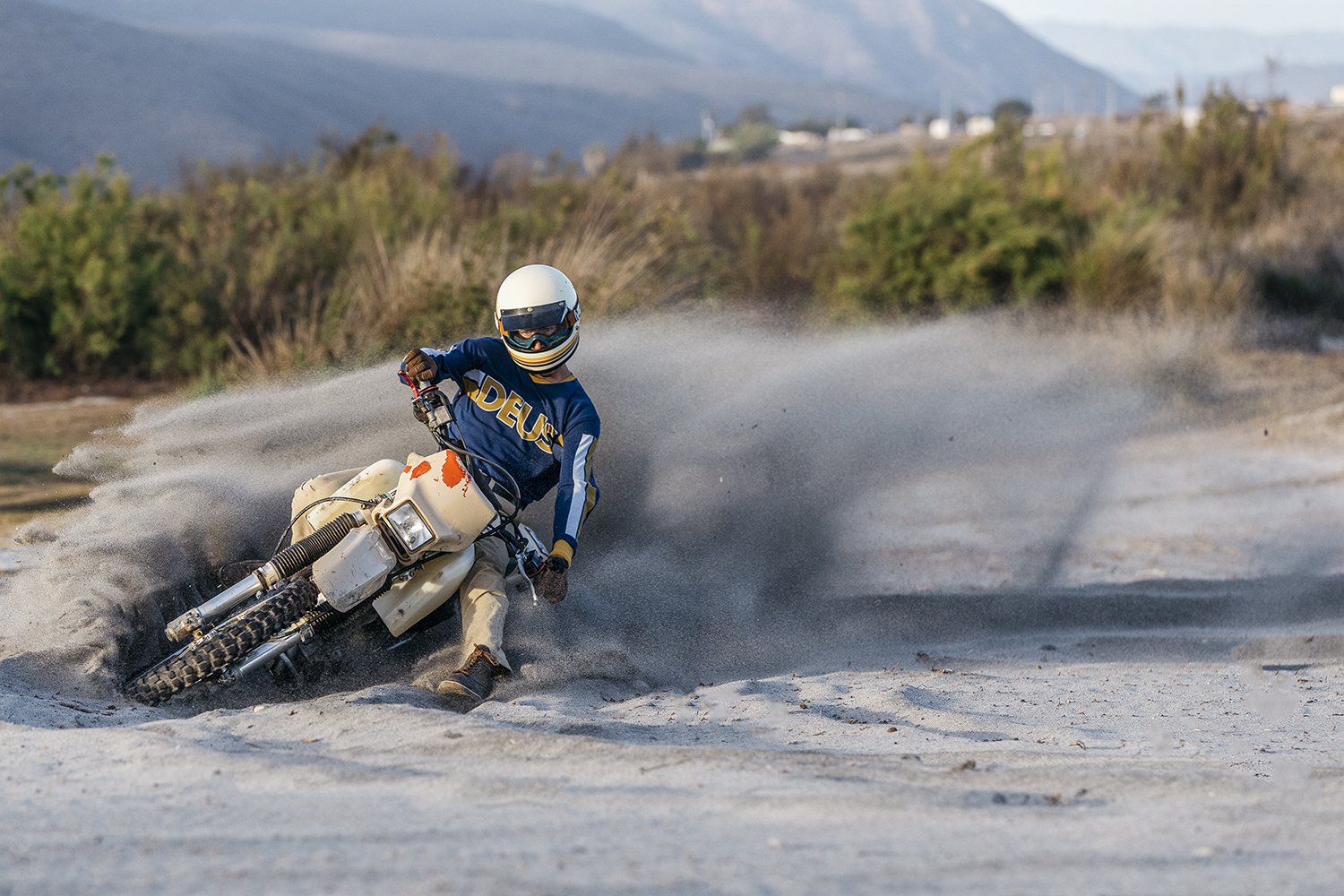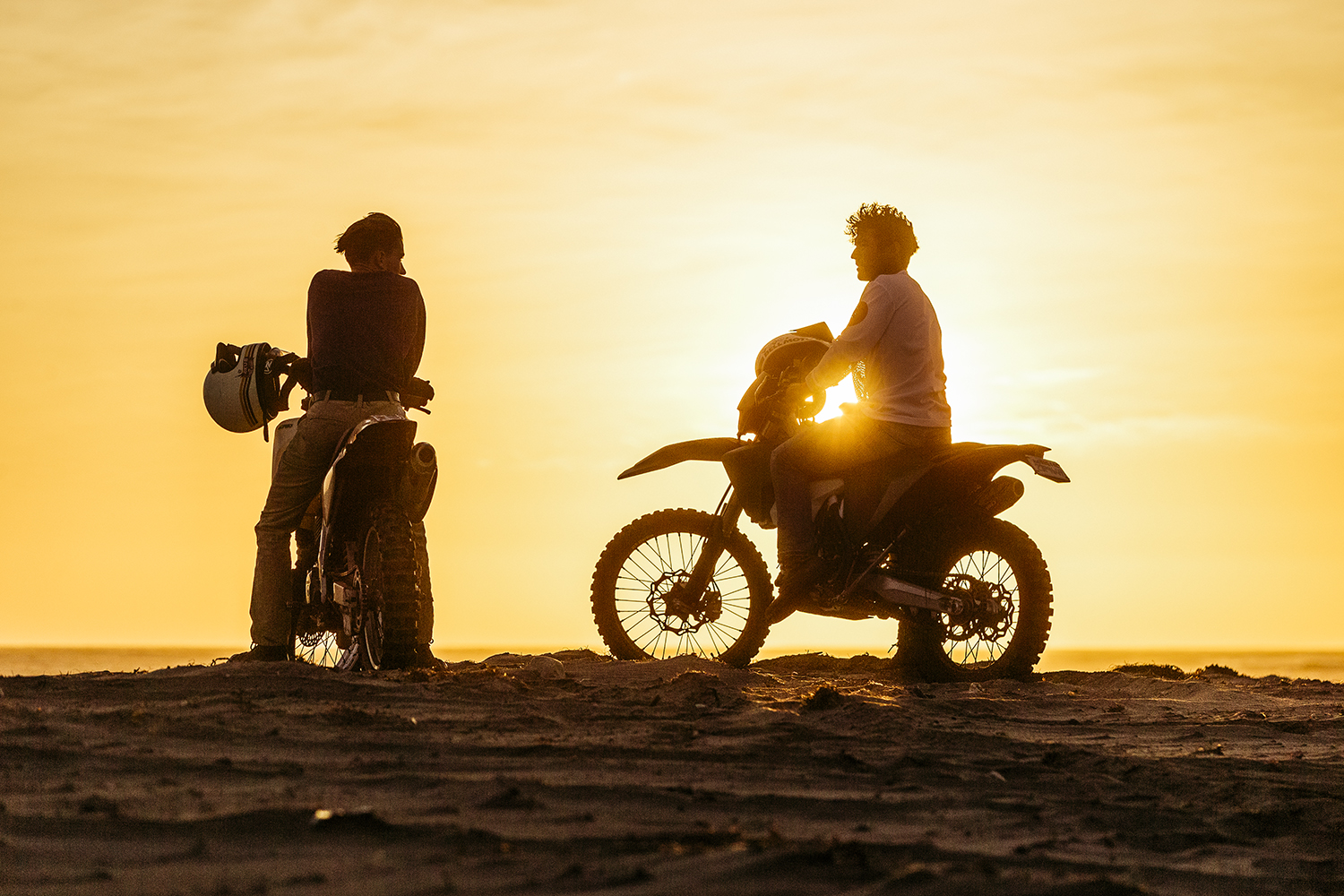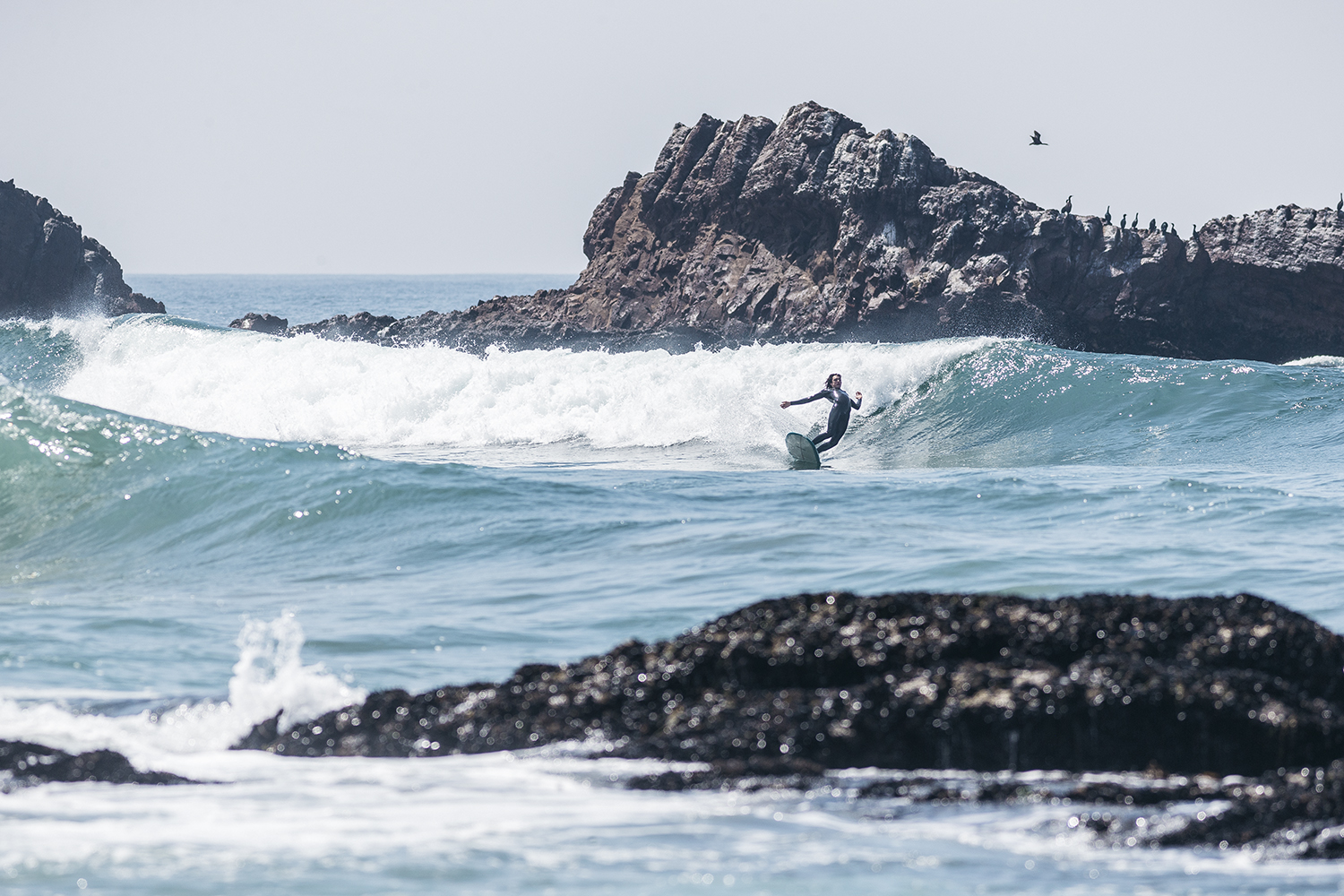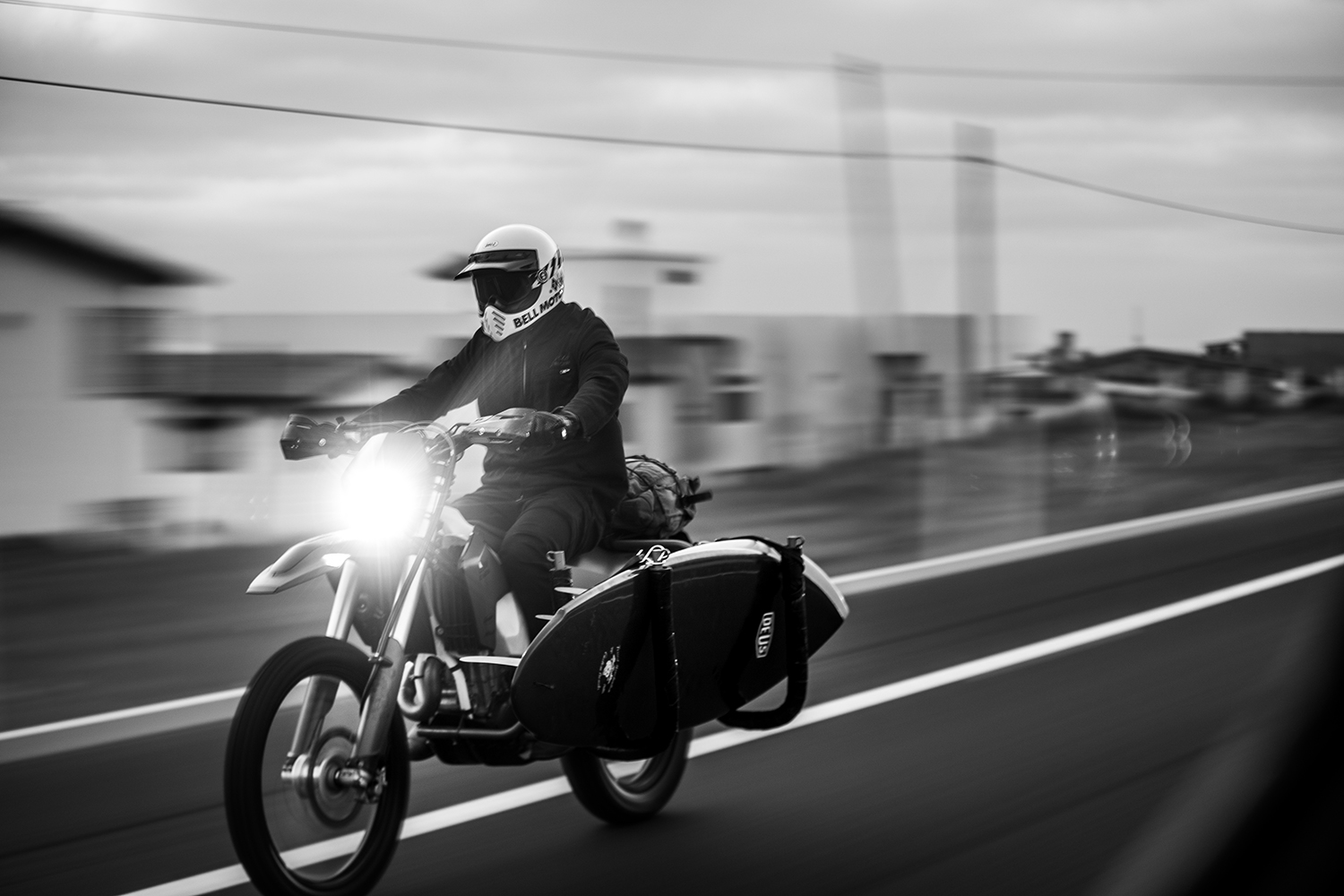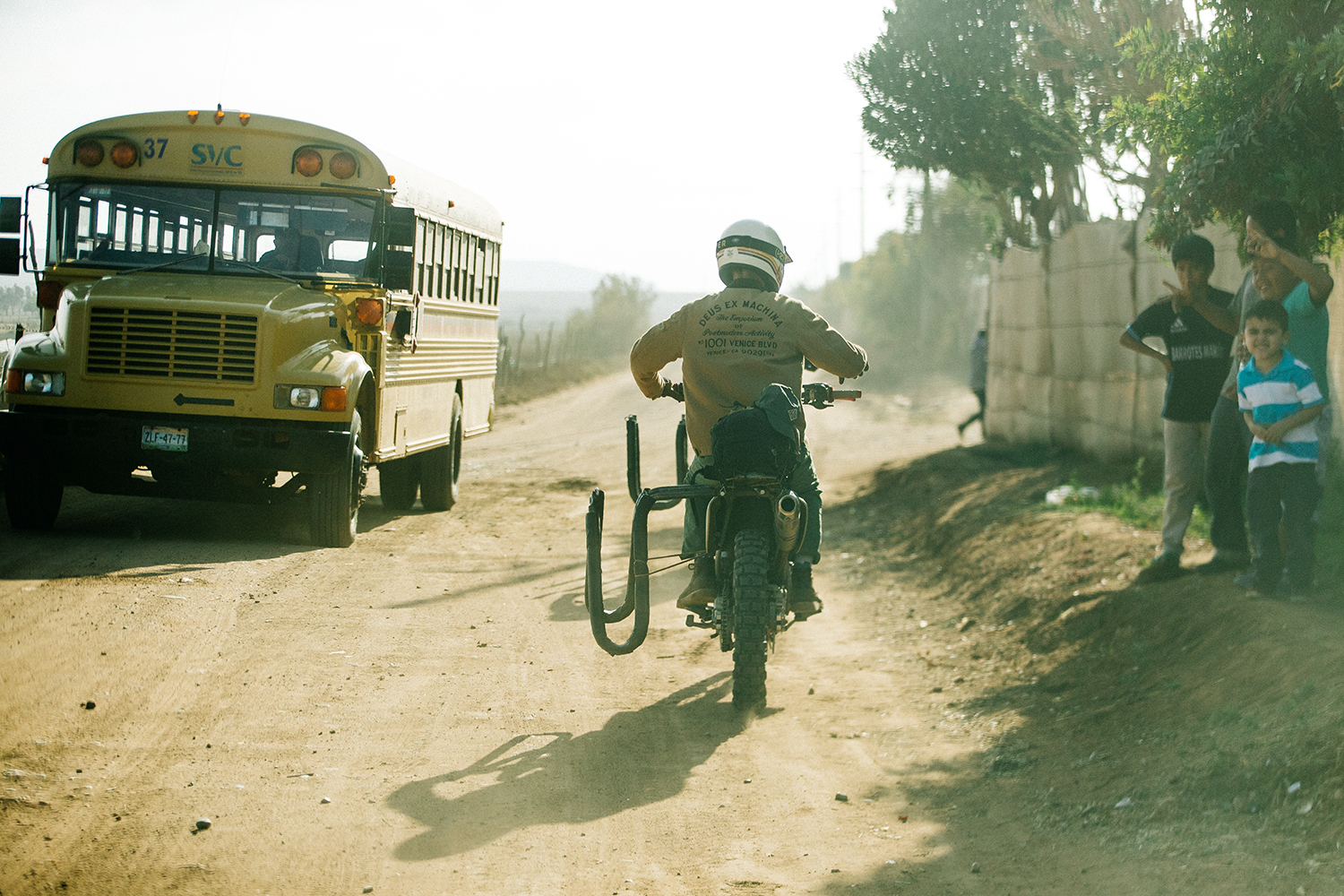A Message to Our Community
Words by Ben Giese, Dale Spangler & the META team
Photo by @pedromkk
During times of uncertainty, often, we’re faced with difficult decisions. Currently, our way of life is being challenged, and as a result, two categories have emerged as crucial differentiators when making decisions: is it essential or non-essential? How one chooses to categorize each will understandably be a personal decision; however, we can say with certainty that during these trying times, you are essential. You, we—all of us—play a crucial role in the health of the motorcycle industry. We’re all part of the circle of life that makes this passion of ours thrive and enables thousands of enthusiasts to experience the joys of riding.
There is no doubt these are uncertain times and never has there been a more crucial moment for us to come together as a community. We’ve already seen the industry and the world as a whole begin to adjust to a new normal. Dealers are changing the way they operate, brands are adapting, and the media is doing its part to keep our community informed and in good spirits by providing inspirational content that reminds us all why we’re passionate about riding.
On the surface, COVID-19 is an unwelcome and disruptive crisis for people and businesses across the globe. There’s no doubt that this is a terrible tragedy for those who have lost their lives to this virus, but maybe there’s a silver lining here too. Honestly, we’ve found a lot of positivity from the situation. During times of tragedy people have an incredible way of coming together. We’ve seen riders at the epicenter of the crisis in New York City delivering masks to the medical staff that needs them most. We’ve teamed up with Biker Down Foundation here in Denver to deliver meals to people in need for an initiative called #2Wheels4Meals. We will also be delivering hand sanitizer via motorcycle to the local medical staff that need it. We’ve got friends making and distributing DIY masks for the Colorado Mask Project to help slow the spread of the virus. We’ve lowered our print subscription cost to just $10 in hopes of providing people with some enjoyment, entertainment and normalcy during these times. And we’ve seen several brands in the motorcycle industry and beyond spreading inspiring messages of hope and positivity. It’s refreshing.
We get so comfortable in our daily routines that the little things that create beauty in our lives are often taken for granted, and you don’t realize how important those little things are until they are gone. When this all ends, AND IT WILL, we will have a greater appreciation for those little things. Maybe through this we can become a little less divided and realize that we are all just humans floating on this rock together. We’ll hug one and other. We’ll tell our friends and family that we love them. We’ll gather and embrace and tell stories and eat and drink and celebrate. Events and gatherings will sell out. Restaurants will have long waits. We’ll put down our phones and go outside. We’ll be inspired to travel and seek adventure. People will love their jobs and kids will be excited to go back to school. People will buy bikes and gear and we’ll go riding with our friends again. That day is coming and it’s going to be a damn good day.
For now, we are using this time to adjust, adapt, rebuild, change and grow. We’ll be spending time in the garage, wrenching on our bikes and dreaming of the next adventure. We’ve taken this time to stop and rest and nurture ourselves. To think and dream and evaluate our lives and our business. We may never have an opportunity like this again where we’re forced to stop and look inward and gain some perspective on our priorities. We’ll continue producing this magazine and delivering inspiring content to our community because we need that inspiration now more than ever. To all of our readers, partners, subscribers, followers and supporters – we are in this fight together, and we are ALL essential. Now is not the time to step back. It’s the time to move forward. By sticking together, we can make this experience a positive one and come out the other side stronger.

















